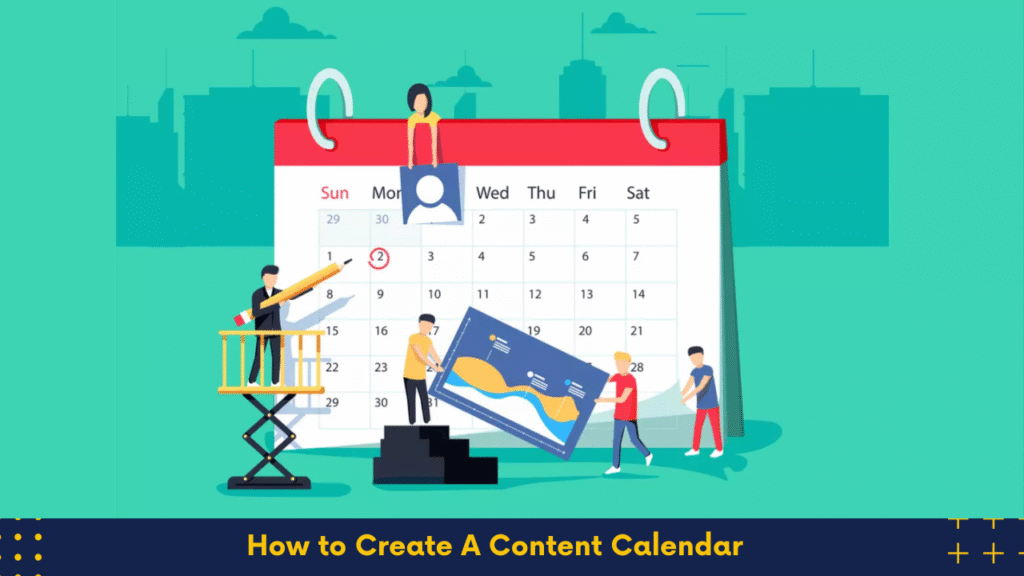How to Create a Content Calendar: Learn Your Content in 5 Easy Steps

Step 1: Define Your Goals and Audience
Before planning content, understand why you’re creating it and who it’s for.
What are your content goals? (e.g., brand awareness, lead generation, education)
Who is your target audience? (demographics, interests, pain points)
Which platforms do they use most? (blog, Instagram, LinkedIn, YouTube, etc.)
Tip: Create audience personas to guide content that speaks directly to your target group.
Step 2: Audit Your Existing Content
Review what you already have to determine what’s working, what’s outdated, and what can be repurposed.
Track performance metrics (traffic, engagement, conversions)
Identify content gaps or topics you haven’t covered
Highlight evergreen pieces you can refresh or re-promote
Tip: Use tools like Google Analytics, SEMrush, or HubSpot to audit content.
Step 3: Choose Your Content Types and Channels
Pick the types of content that align with your goals and resonate with your audience.
- Content types: blog posts, videos, podcasts, infographics, reels, email newsletters, etc.
- Channels: website, social media, YouTube, email, etc.
Tip: Repurpose one content piece across different formats to maximize reach.
Step 4: Plan and Organize Topics
Now it’s time to brainstorm and assign content topics to your calendar.
Align content with key dates (holidays, product launches, industry events)
Organize by theme or campaign
Use tools like Google Sheets, Trello, Notion, or content calendar templates
Tip: Include key details like title, format, author, due date, publish date, and status.
Step 5: Create, Schedule, and Review
Start producing content according to your calendar. Schedule posts in advance and track performance.
Use scheduling tools like Buffer, Hootsuite, or Later
Monitor analytics weekly or monthly
Adjust future content based on what performs best
Tip: Leave room in your calendar for timely or trending content.
Bonus: Maintain Consistency
Consistency builds trust and brand recognition. Whether it’s once a week or daily, stick to a schedule you can maintain.